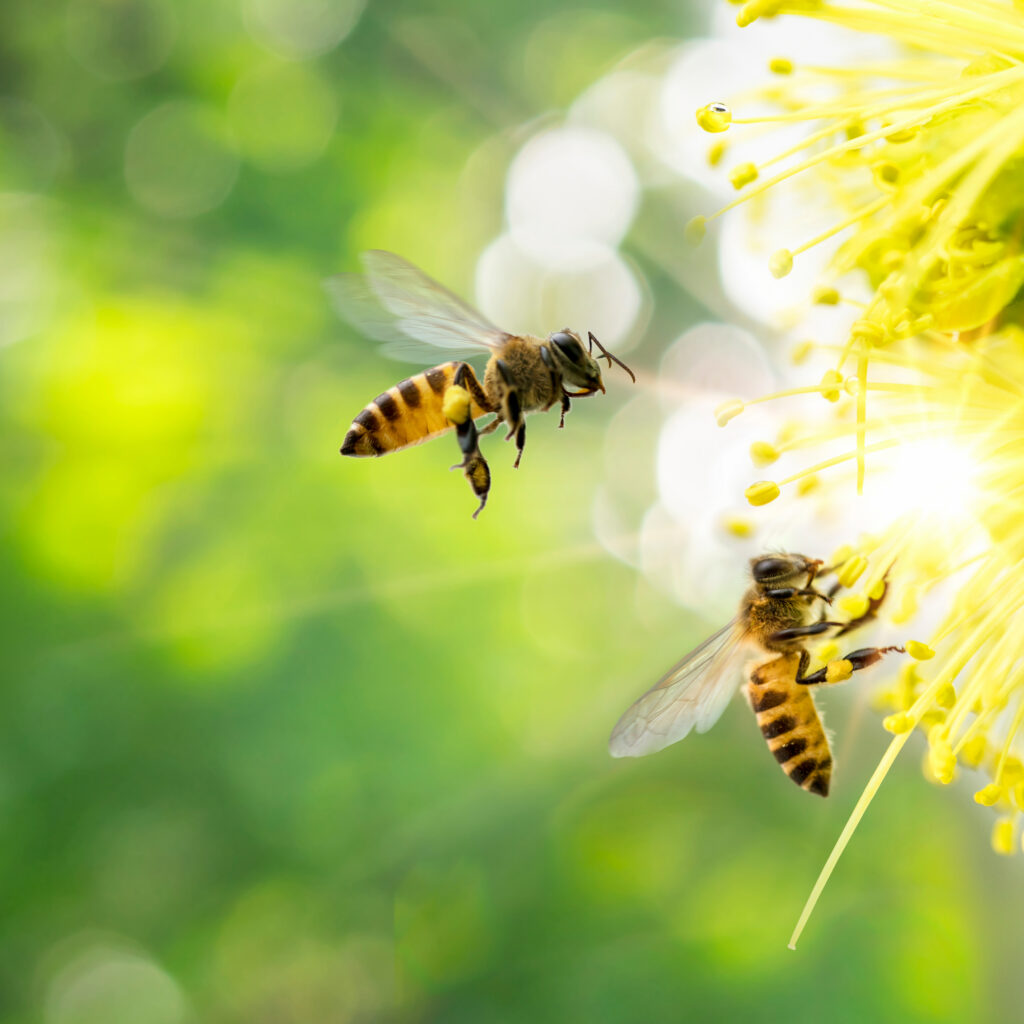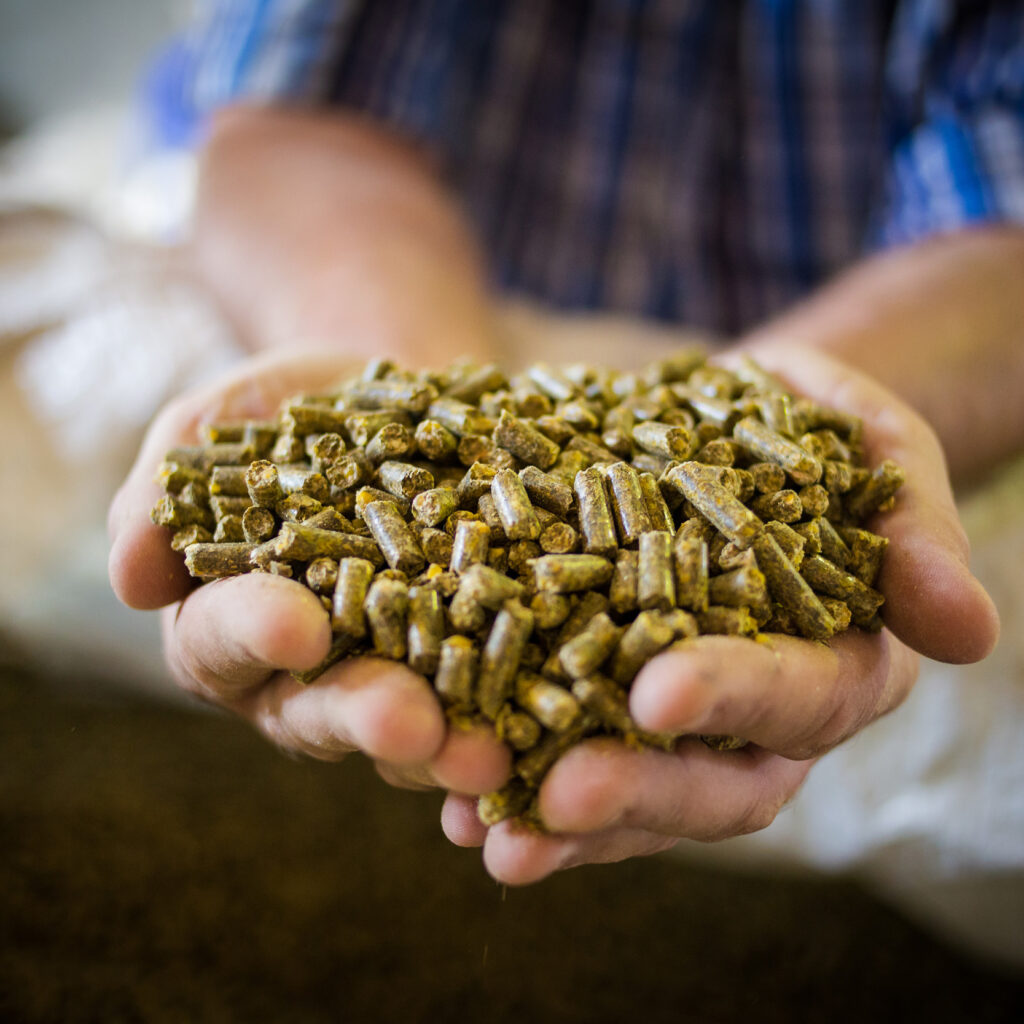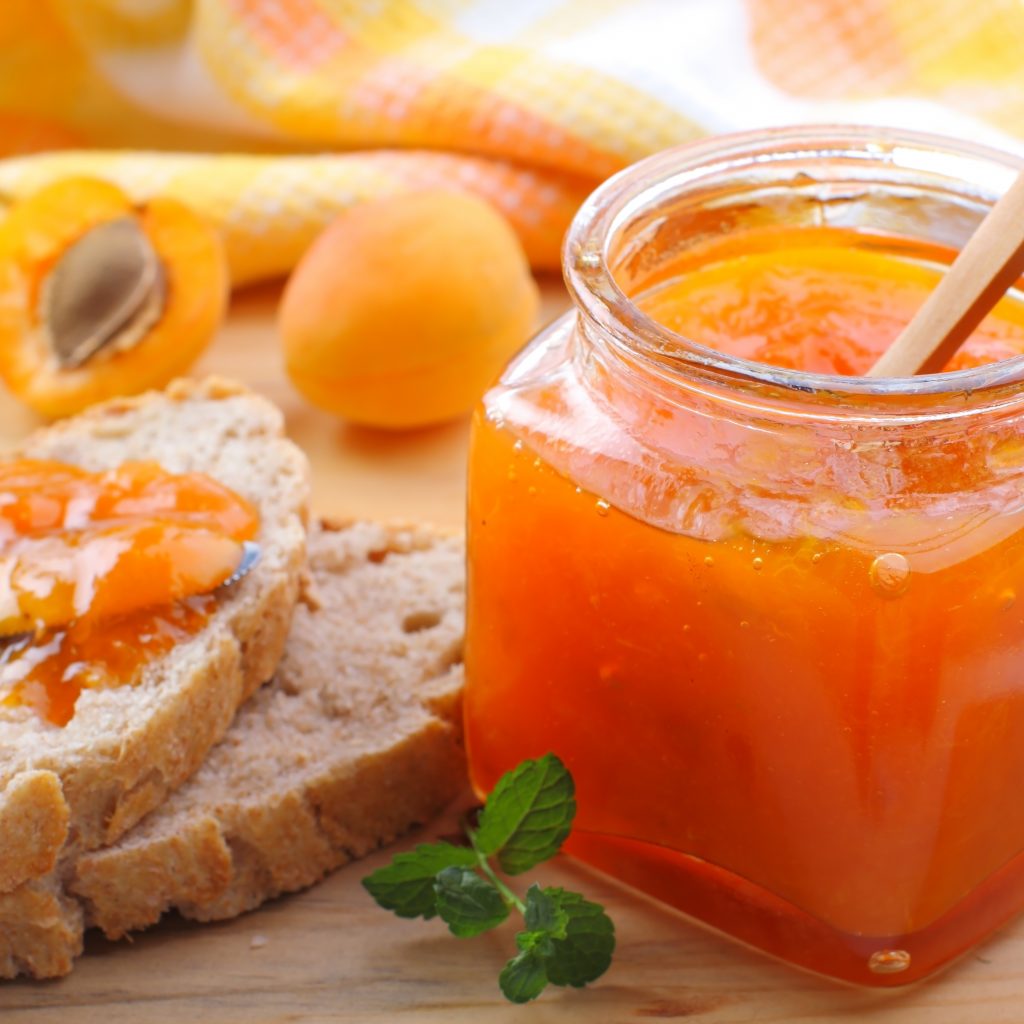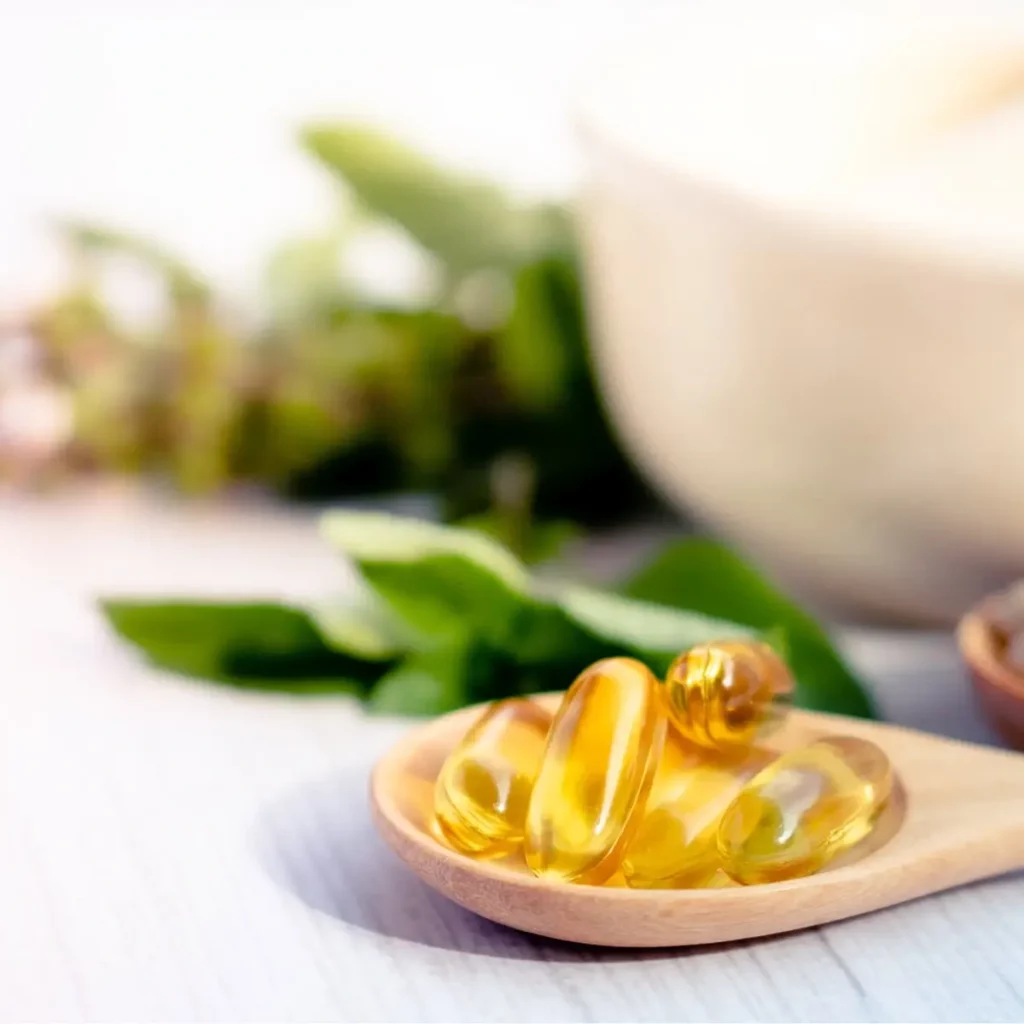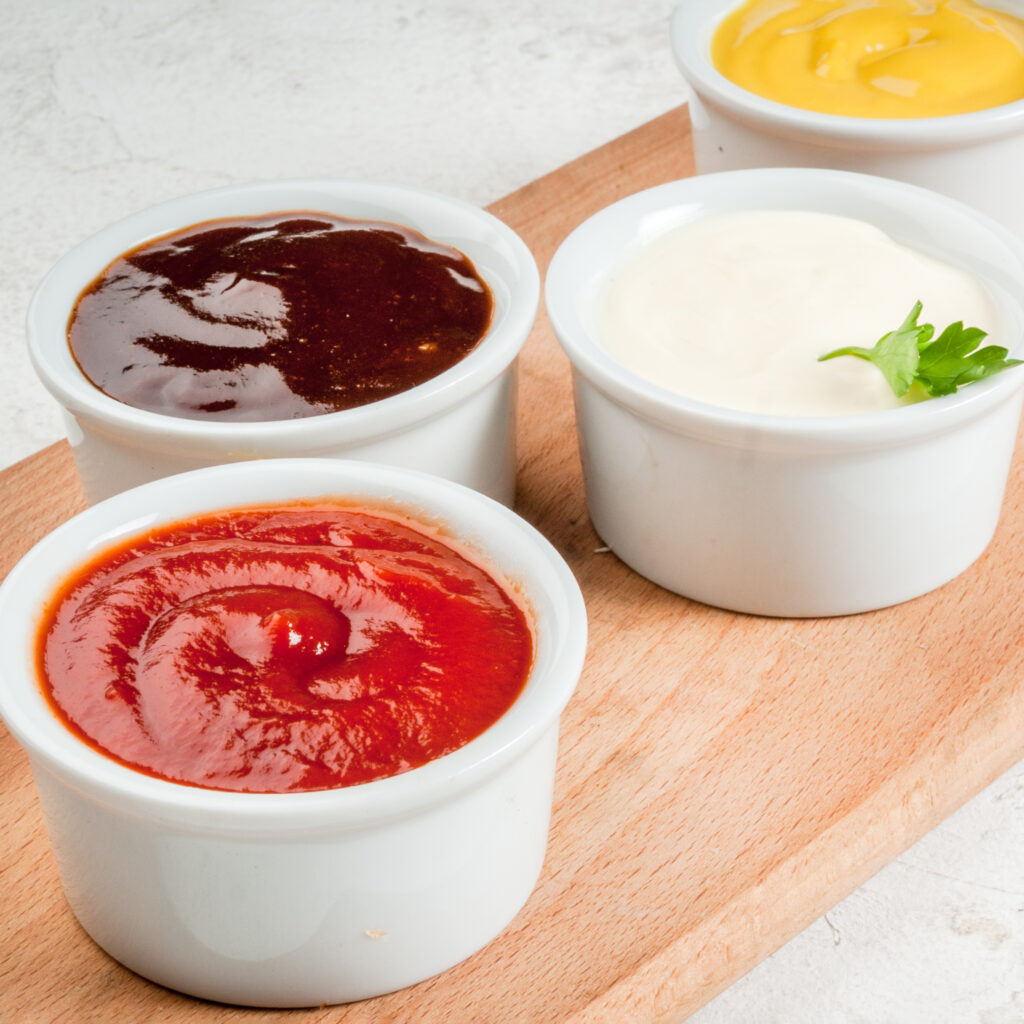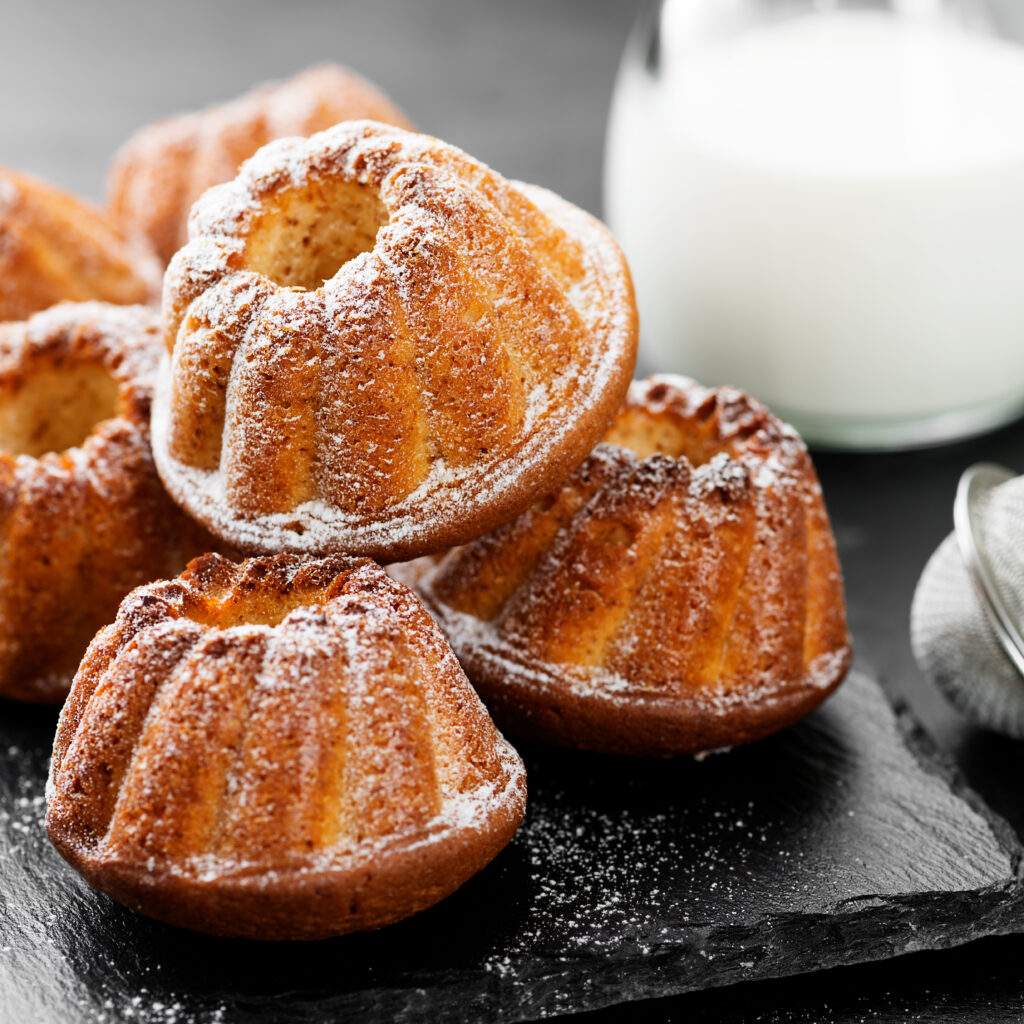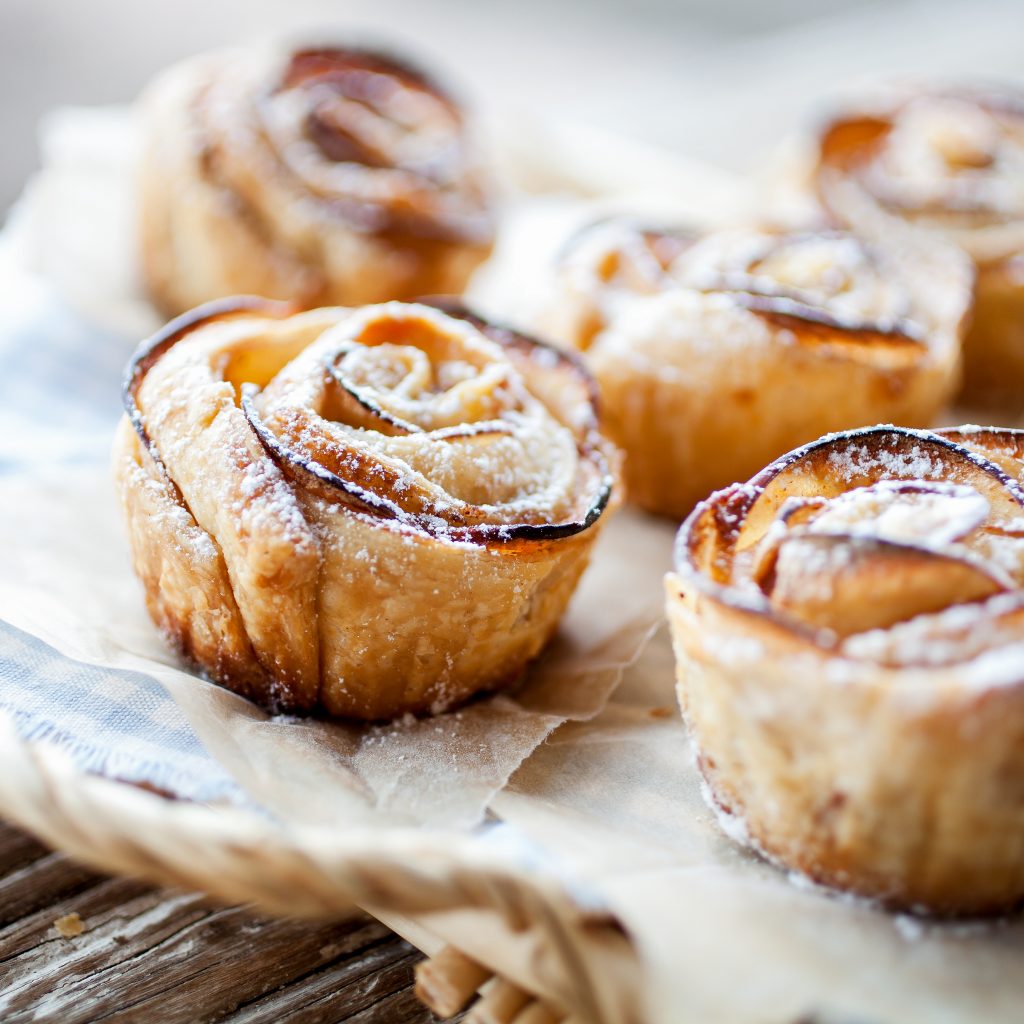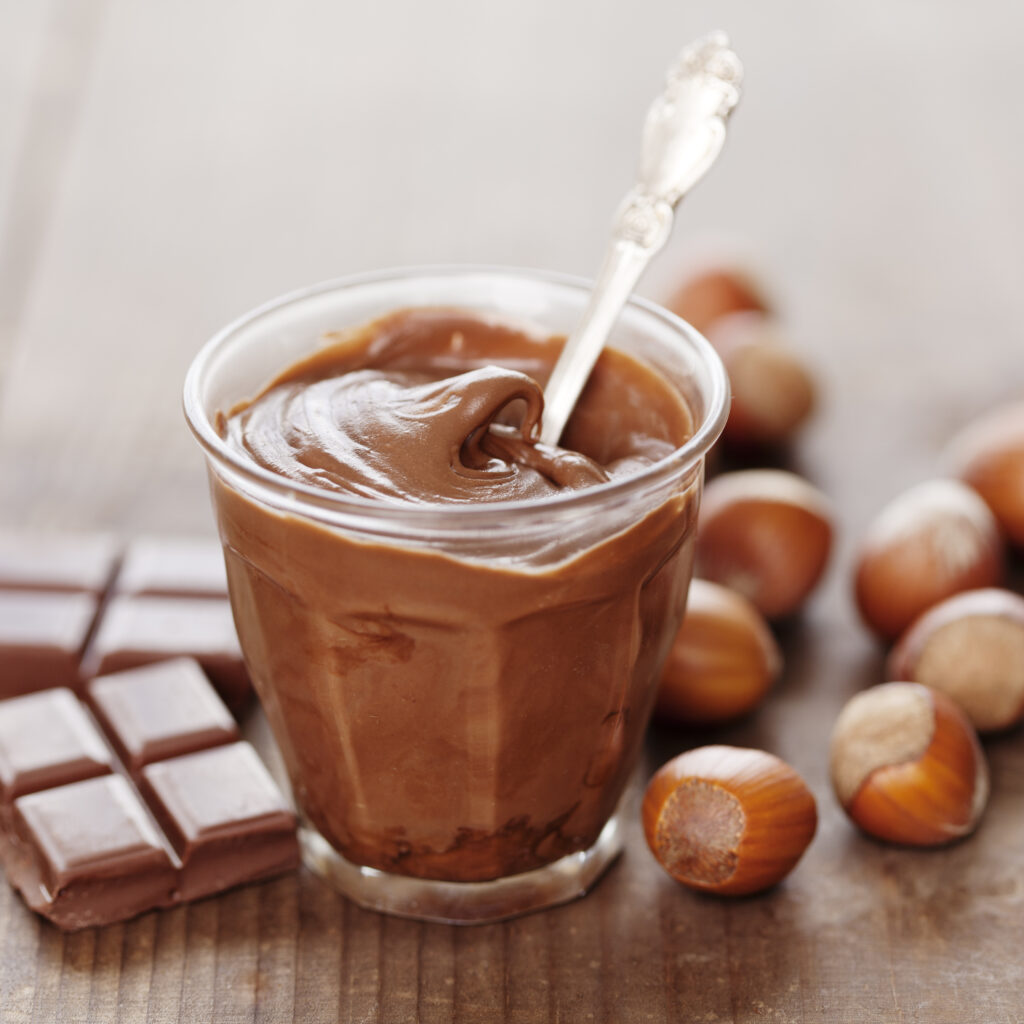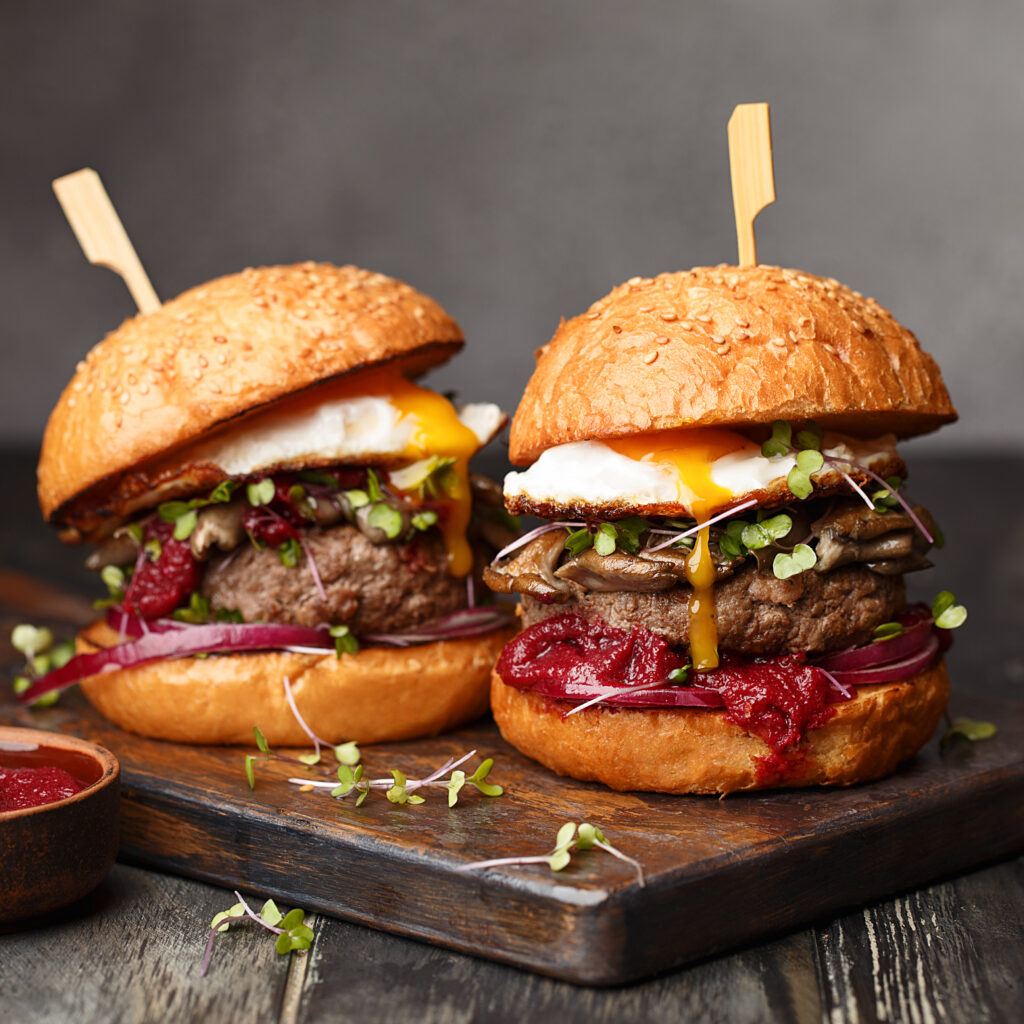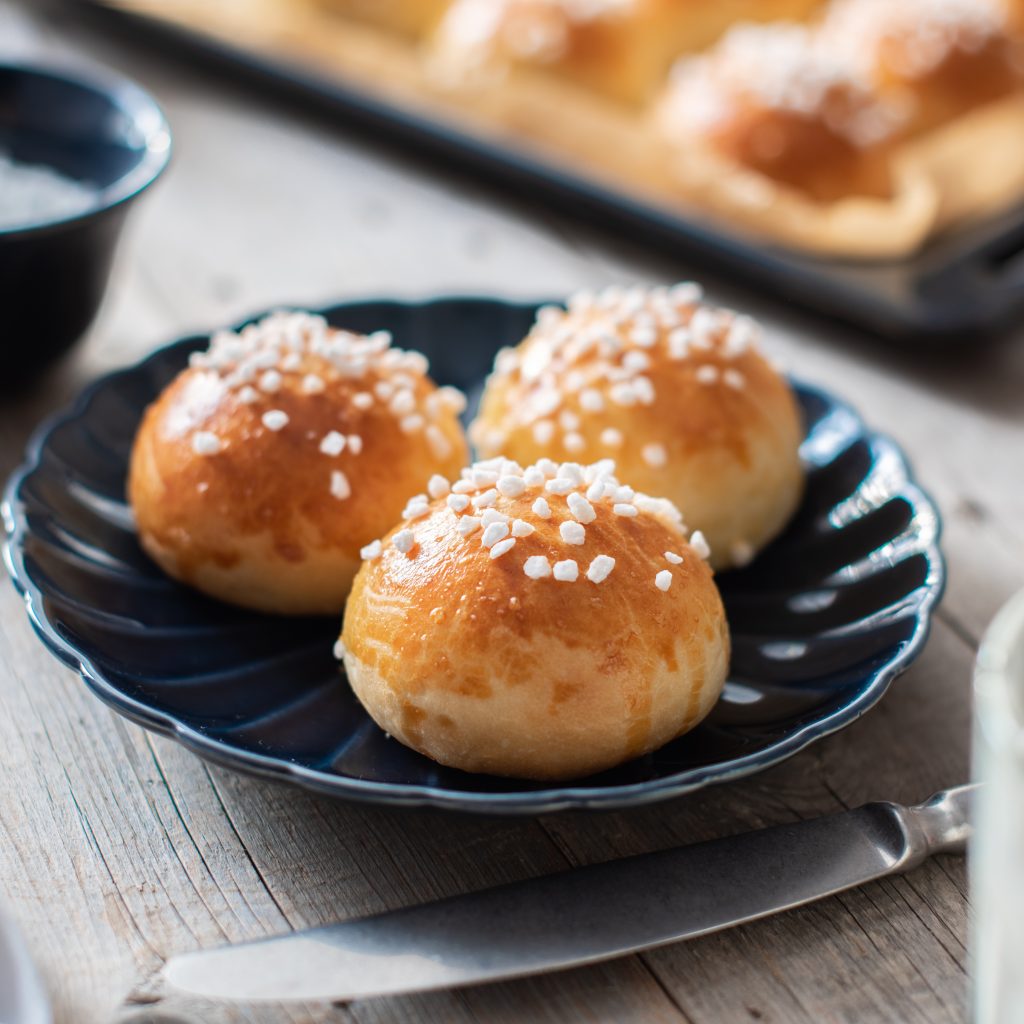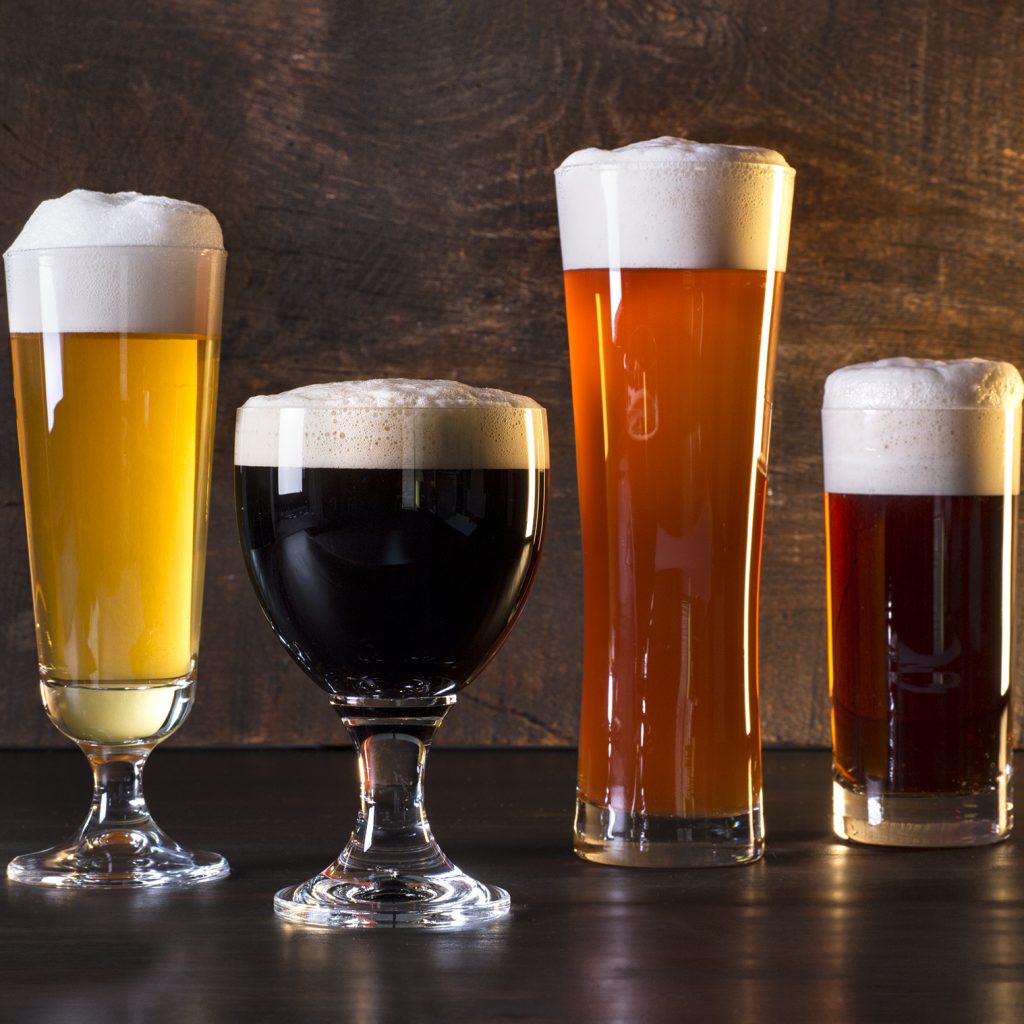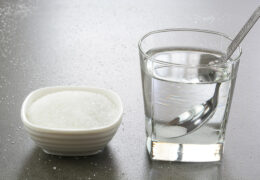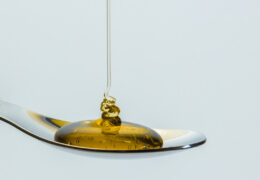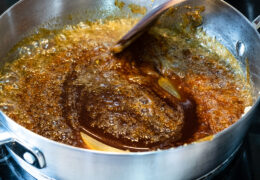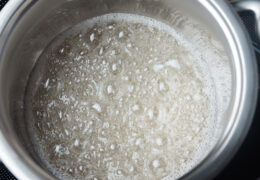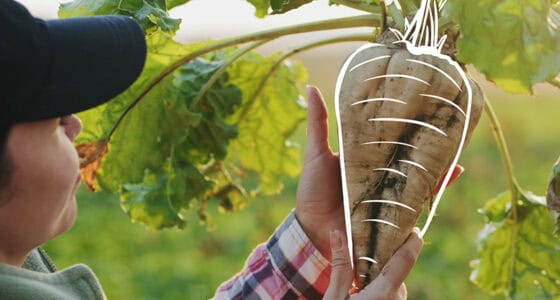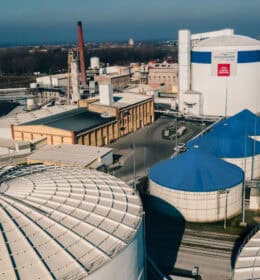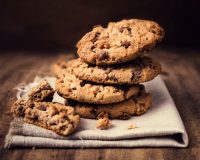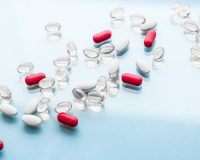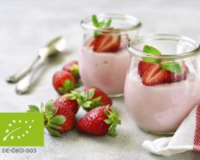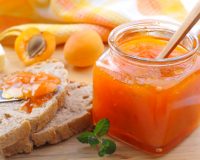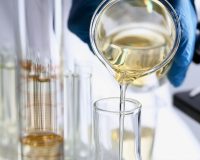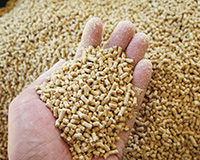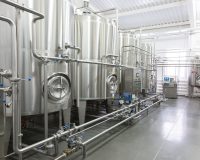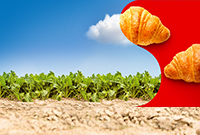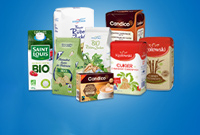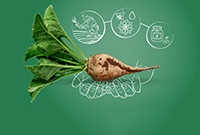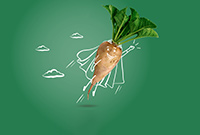The various functions
of sugar in foods
Every plant, from the smallest blade of grass to the tallest tree, produces sugar. Unlike most plants, which convert their sugar into starch, sugar beet and sugar cane store sucrose, the well-known table sugar. Sucrose is a type of sugar made up of one molecule of glucose and one molecule of fructose. It is a disaccharide, a molecule composed of two monosaccharides: glucose and fructose.
Therefore, on a molecular level, white sugar from sugar beets and cane sugar are identical and can be used in the same way for further processing end products. Since sugar cane and sugar beet produce sucrose in large quantities, they are the primary source of sugar production.
More generally, the functions of sugar – whether beet or cane sugar – in foods, drinks, as well as non-food products, are varied and make it a key ingredient in many applications.
One important difference between the two plants is: the regions and climates in which they are grown. Due to its environmental needs, sugar cane is mainly grown in tropical countries of the Southern Hemisphere. In contrast, sugar beets grow in temperate latitudes such as in Europe in the Northern Hemisphere.
More generally, the functions of sugar – whether beet or cane sugar – in foods, drinks, as well as non-food products, are varied and make it a key ingredient in many applications.
THE FUNCTIONS OF SUGAR IN FOODS
In the industrial processing of finished foods or beverages, sugar plays an essential role due to its many technical properties. Whether it is used in baking (bread, cakes, biscuits, etc.), pastry, confectionery, drinks, or other types of manufactured products, sugar is a versatile ingredient that It contributes not only to the sweetness but also to the overall taste experience of a finished food product, including, among others, the colour, texture, and taste of food as well as its physical properties.
Reducing sugar in foods is, therefore, not necessarily a straightforward affair since sugar substitutes, for example, do not automatically possess the same properties as sugar. Consequently, it is crucial to consider the following properties in product development or reformulation, as they also determine the consumer’s taste perception and acceptance of a food product. Sugar (sucrose) is a sweetener derived from a natural source.
The general sensory “sweetness” property is based on sugar, and the sweetening power of other sweeteners is always measured in comparison with pure sugar solutions. Beet sugar sucrose was established as the reference with a value of 1 of the relative sweetness range. This must be considered, for example, when reducing sugar or replacing sugar, as other sweeteners are often much more intense.
ENERGETIC AND NUTRITIONAL FUNCTIONS OF SUGAR
As a carbohydrate energy source (17 kJ/g, 4 kcal/g) in a balanced diet, sugar is an important nutrient. A diet that includes sugar helps replenish the body’s carbohydrate reserves. These serve as a rapidly available source of energy, especially during physical exercise and sports.
However, sugar is not only a vital nutrient for humans. It is also an important food component for animals. Honeybees, for example, are fed with certain sugary foods in winter so that the bee colonies can survive the colder months. For more information on our API bee feed in liquid and sugar paste form and visit our bee feed page. In addition, animal feed for ruminants, pigs and horses made from our sugar- and nutrient-rich co-products is also very popular due to its highly compatible properties and high energy content (learn more about our animal feed).
Full Taste,
Flavour and Sweetness
Probably one of the most well-known functions of sugar is its contribution to taste when added to food products. Sugar has a full-flavoured sweetness with no aftertaste. Moreover, it intensifies the flavour and enhances the taste of many foods. During storage, for example, it keeps the flavour of preserved fruit and soft drinks. When these products are consumed, the sugar develops or enhances their aroma by flavour transfer.
By contrast, undesirable bitter, acid, or salty taste is toned down by sugar. Therefore, it is often used as a masking agent in pharmaceutical products. In wholemeal, cocoa and coffee products or tomato and vinegar-based sauces, such as ketchup, sugar is used to balance the taste profile.
However, sugar does not only define taste or sweetness. It also promotes the development of certain desirable flavours:
One such example is the Maillard reaction, in which certain types of sugar react with amino acids when heated and thus promote desired baking, roasting and frying flavours, e.g., in bread, coffee, meat or French fries.
To enhance desserts, confectionery or pastries, caramelisation is used to create the typical caramel-like roasted aroma by heating dry sugar.
COLOURING PROPERTIES OF SUGAR
Due to the Maillard reaction or caramelisation, sugar also affects the colouring of a food or drink. The reactions can create a golden-brown colour in products and thus enhance the desired appearance. Typical examples of this function of sugar are roasting and frying meat or French fries as well as the crust colour of baked goods (bread, brioche, pastries) or heating desserts, such as crème brûlée.
Brown Sugar, Brown Candy Sugar, Brown Candy Powder or Candy Syrups are sweetening solutions that are therefore also used for a wide range of applications at which the golden brownish colour is desired, including confectionery, biscuits, cakes, marinades, sauces, but also alcoholic beverages such as beer.
Thanks to this unique property, using sugar is how a golden-brown colour can be achieved in foods and drinks without adding colourants.
Thanks to our tailormade options, you can adjust the colour intensity of specific products according to your needs, whether you are in the baking, confectionery, or beverage industry.
Texture and Volume:
Sugar in baking & Food Manufacturing
Sugar is also important as a bulking agent. It shapes the texture, structure, and consistency of many foods, and is often the primary factor for producing the desired pleasant ”mouthfeel“ – for example in baked goods or chocolate.
Besides its ability to impart a sweet flavour to baked goods, an important function of sugar is to help develop the desired volume and dough structure – of bread and pastries for example. It produces a stable, flexible dough, a moist, fine pored crumb (the interior), and a crispy crust. Different effects are achieved by varying the sucrose content or the kind of sugar used. Including pearl sugar in the recipe, for example, gives the crumb a crispy bite. Sugar may also be needed to activate the yeast and make the dough rise.
Due to its special properties, sugar plays an important role in the physical appearance of products. Many other prepared foods likewise owe their typical eating qualities to the sugar they contain; for example, sugar stabilises the stiffness imparted to foamed foods by proteins and enhances the setting of jams, jellies, and fillings.
In ice cream, sugar is vital for the texture, as its small sugar molecules depress the freezing point and prevent the formation of large ice crystals and a coarse or icy mouthfeel. That’s how ice cream retains its pleasant melting property even at low temperatures.
Therefore, the general bulk or fullness that sugar adds to a food or drink must be taken into account when reducing sugar in the recipe.
FOOD Preservation
and Shelf Life
Sugar can also enhance the shelf life of food and functions as a natural preservative, e.g., for confectionery, jams, jellies, and marmalades.
Sugar can bind water in food, which would otherwise be available for the growth of pathogenic or spoilage microorganisms such as bacteria, fungi, or yeasts. In this way, thanks to this essential function of sugar, their growth is inhibited. The so-called water activity is thus reduced, food safety is improved, and the best-before date of manufactured food products can be extended.
Concentrated sugar solutions with a dry substance content of more than 67% prevent the growth of most microorganisms. This is crucial, for example, in the production of jams, sauces or pastries.
Bearing in mind the vast quantities of food wasted, preserving fruit and vegetables can help to avoid food waste. For this purpose, even overripe fruit can be used, even combined with vegetables. By giving fruits and vegetables a second chance, sugar helps to prevent food waste in a sustainable way.
Pharma Applications – The Function of Sugar As An Excipient
Sucrose-based excipients are also a preferred ingredient in pharmaceutical products due to their numerous properties, especially their purity and suitability for many common applications such as galenic liquids, compressed tablets, granules, powders, lozenges, coatings, and even pharmaceutical chewing gums.
They can perform various functions such as acting as a:
- Filler
- binder
- coating material
- anti-adherent (reducing stickiness)
But one of the key properties of sucrose: is taste-masking unpleasant flavours of active substances and making pharmaceutical products more palatable.
They have outstanding technical features such as good processability, high solubility, product stability, fullness, texture, preservation, or shelf life extension and are preferred as a carrier for good flowability.
SUGAR AS A SUBSTRATE FOR
MICROBIOLOGICAL PROCESSES
Because of its functional properties, sugar or dilute sugar solutions are often used as a substrate for microbiological processes. In baking, for example, sugar may be needed to activate yeast and make the dough rise. In the brewing industry, it serves as a substrate for alcoholic fermentation.
Properties of Sugar
In conclusion, sugar serves multiple functions when added to foods, drinks and even non-food products. As such, beet sugar, a sweetener from a natural source grown regionally in Europe, is a versatile product with many different uses.
Thanks to its unique properties, it plays an important role not only as a sweetening solution but also as a bulking agent, flavour enhancer, preservative and much more, in all types of manufactured products from the baking, beverage, and even animal feed and pharmaceutical industry.
Sugar (sucrose), therefore, plays a vital role in product development or product optimisation of various types of applications as well as in their preservation.
Do you want to know more about our range of sugars and specialty product solutions? Do you need support in selecting the right solution for your application?


